Affiliate links on Android Authority may earn us a commission. Learn more.
Cyanogen OS vs Android: what's the difference?
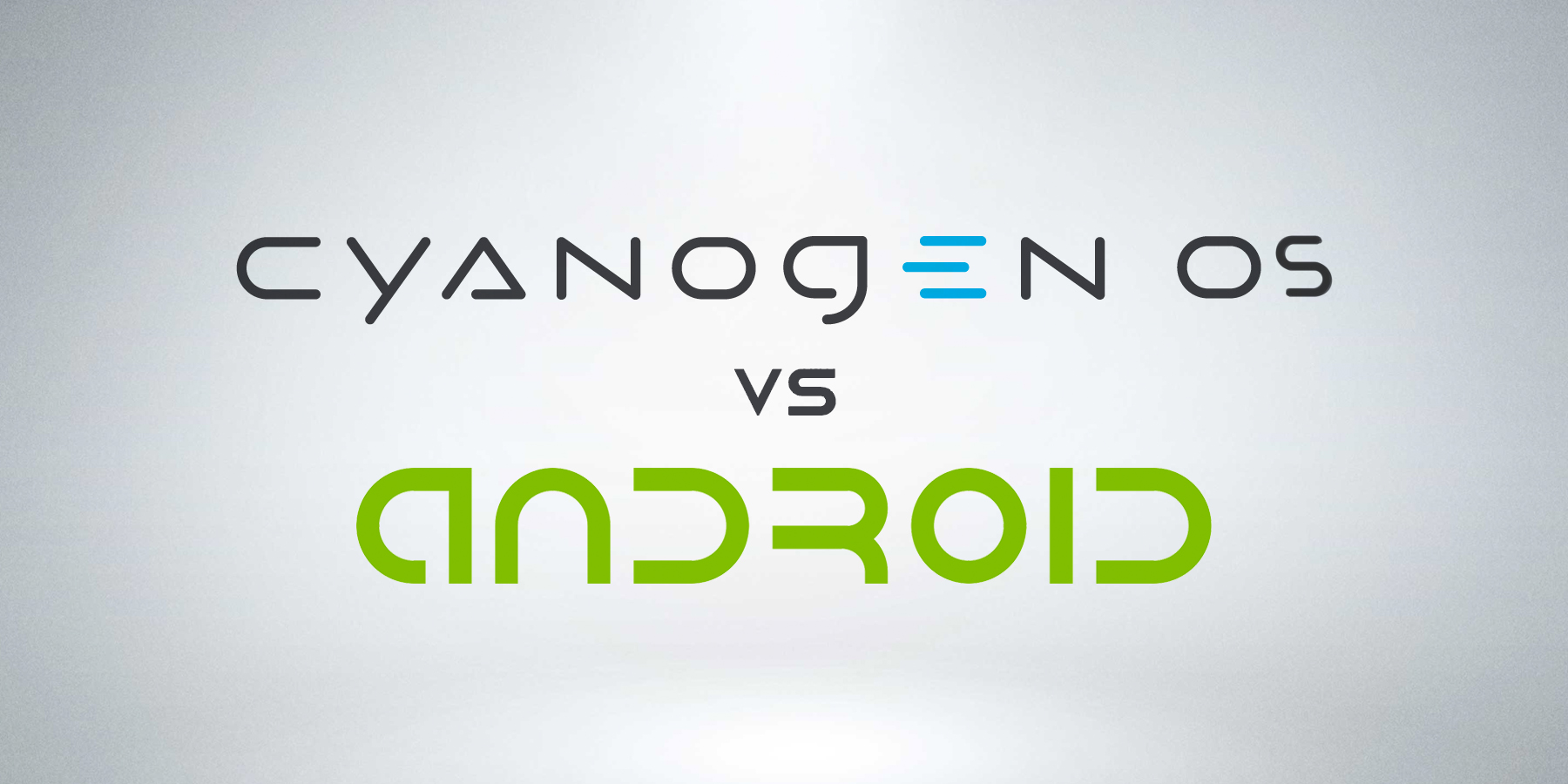
It may have started as Google’s obligatory answer to the iPhone, but Android has grown into a much-beloved operating system that’s currently used by over 107 million people in the U.S. alone and almost one-and-a-half billion worldwide. Much of what makes Android special also distinguishes it from competitors: its power, versatility, and customizability.
But this isn’t a love ode to Google’s popular software. Instead, we’re going to discuss some of the key differences between Google’s Android and Cyanogen OS, a modified, third-party version of Android that brings added features and gives users additional control over their devices. So let’s jump right in.
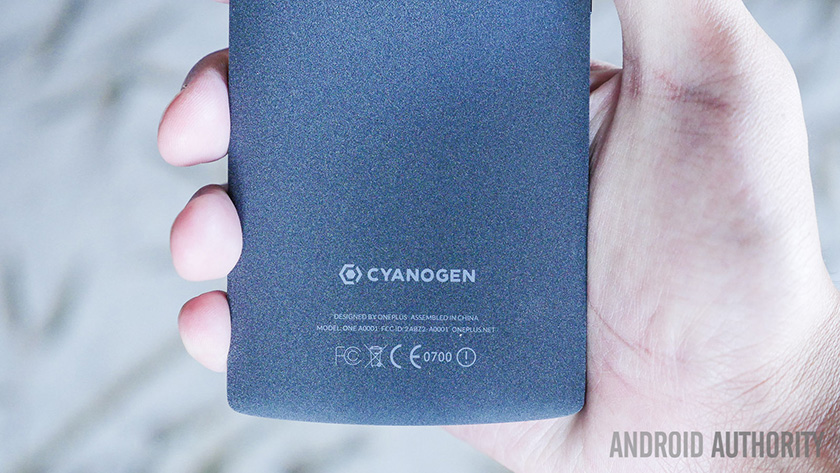
What Exactly is Cyanogen OS?

Under the surface, the majority of the source code for Cyanogen OS is still just regular Android. For the most part, the general user experience is the same, too. What makes them different is the unique features Cyanogen OS brings to Android, which can mostly be divided into four main categories: customizability, performance, privacy, and longevity.
The customizability of Cyanogen OS
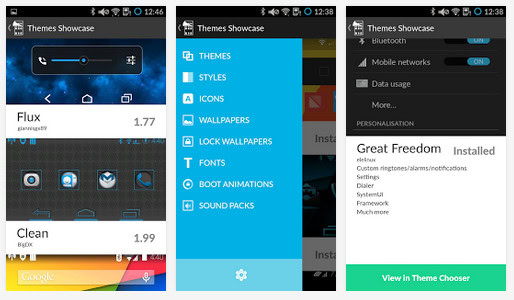
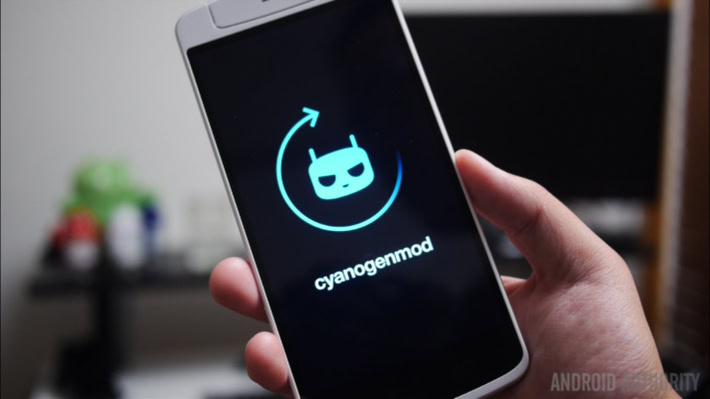
The customization options users have with Cyanogen OS is arguably what distinguishes Cyanogen OS from stock Android the most. Many of the specific customization settings available with Cyanogen OS come from the Theme Engine, which is exactly as it sounds. It’s a powerful app built into Cyanogen OS that lets you download free and premium themes that can be applied to change the look of your phone’s operating system. Currently, there are more than 100 themes available on the Theme Engine with more added regularly.
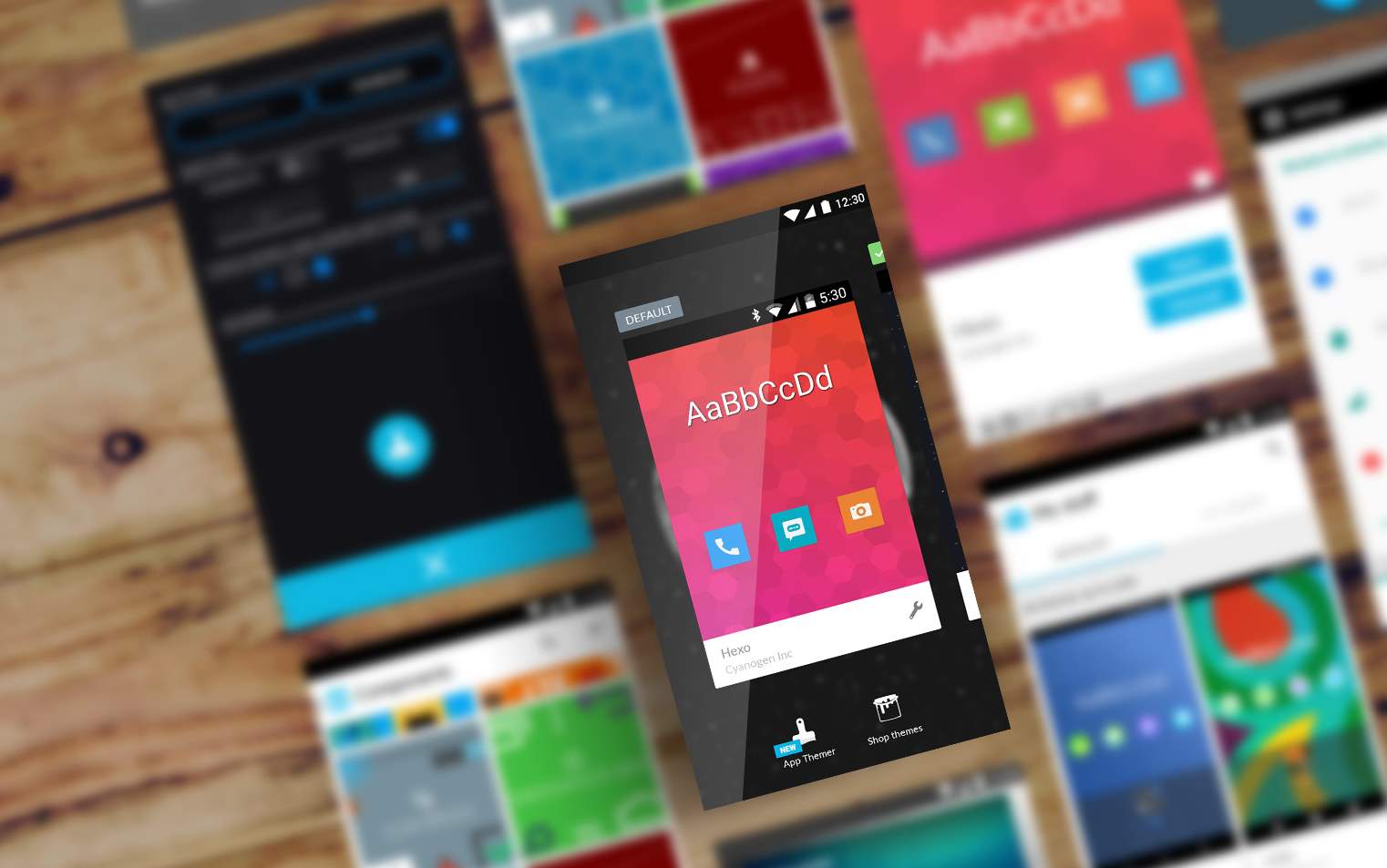
With the Theme Engine, you can change the system colors and font, the types of animations used throughout the OS, the boot animation, quick settings tiles, and tons more. By mixing and matching the individual components of the themes, you actually get to choose from thousands and thousands of different combinations. Also, the Theme Engine can provide customization controls on a per-app basis, so you can pick the apps to which you want to apply a theme or leave some of them in their default state.
If you’re someone who’s drawn to the personalization options in Android, Cyanogen OS might be right up your alley. While there are many more ways to make your device your own with Cyanogen OS, the overall user experience still feels like Android. Instead of feeling like a separate operating system, it feels like Cyanogen somehow unlocked some of Android’s hidden features.
Cyanogen OS and Performance
Before Cyanogen OS there was CyanogenMod, an open-source software that remains one of the most well-known third-party operating systems. CyanogenMod was created as a joint effort by a diverse community of tech hobbyists and developers, incorporating features they wish stock Android offered. In addition to the customization options that made their way into Cyanogen OS, CyanogenMod includes some performance controls such as letting users overclock their CPU and GPU.
Cyanogen, Inc. made performance a top priority while producing Cyanogen OS

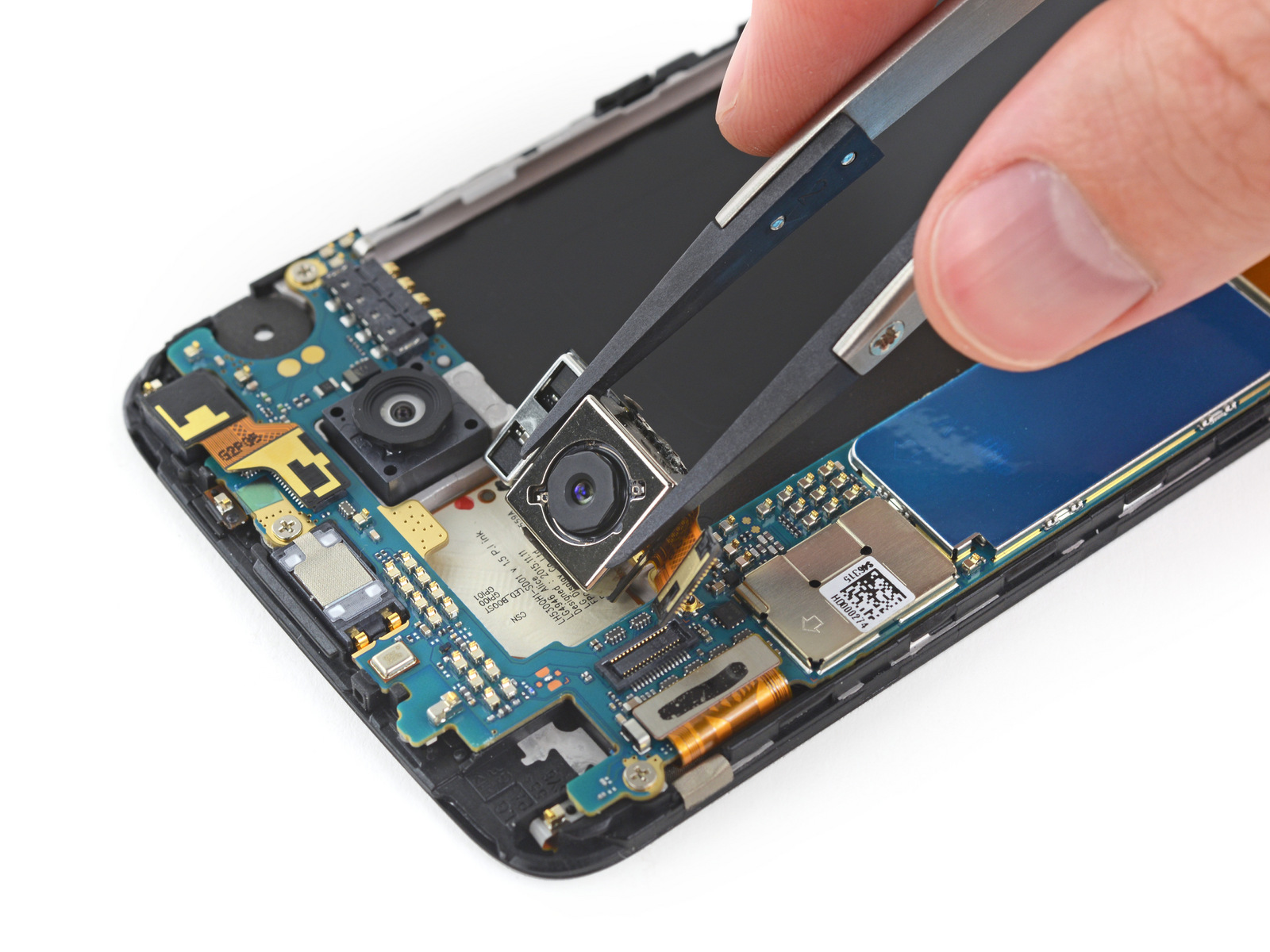
While these under-the-hood optimizations are always appreciated, the average user is more concerned about changes that affect daily use. Fortunately, there are other enhancements that Cyanogen, Inc. has made to Cyanogen OS, including the gesture controls for which CyanogenMod has become so well-known. For instance, drawing a “V” on the screen while the device is asleep will turn on the camera’s flash for use as a flashlight. Other gesture-like controls — including the ability to double-tap to wake the device from a sleep state — are only found in other skinned versions of Android like LG’s UX and OxygenOS on OnePlus devices.
Enhanced audio controls are built right into Cyanogen OS, too
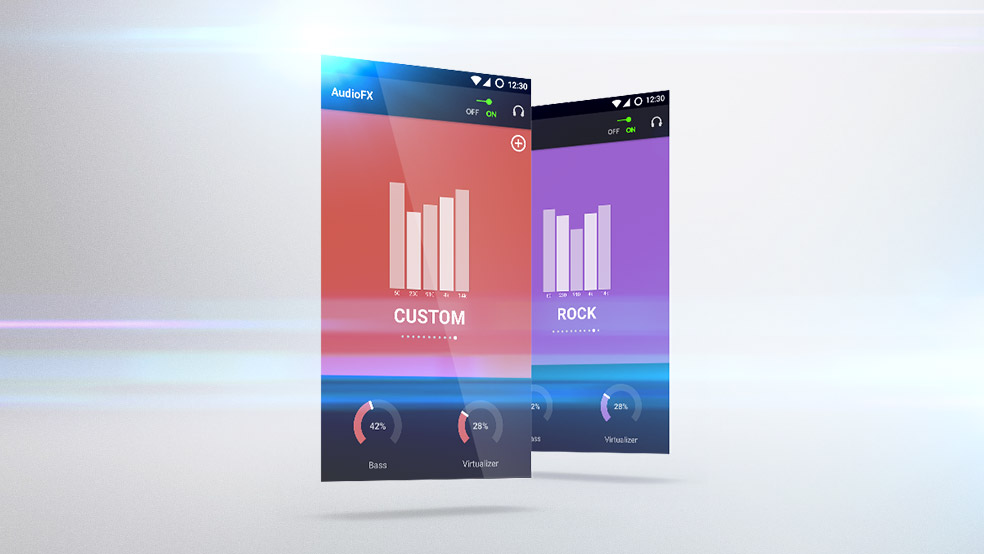
The cumulative effect of the performance optimizations and additional gesture features is that devices running Cyanogen OS are incredibly lucid and responsive. With such strong performance, the OS never gives the impressive of being a third-party Android skin, but rather Android in an enhanced state.
Gaining Privacy and Longevity with Cyanogen OS
There’s no question that Google has baked numerous security measures into the open-source Android operating system. However, having an operating system that’s open source means there will inherently be certain vulnerabilities. Google stays ahead of many of these vulnerabilities by putting out frequent updates and monthly security patches. Unfortunately, only a relatively small number of Android handsets are privy to these updates.
If you find that unbelievable, consider a report from earlier this month when it was determined that only 13.3 percent of Android devices are running Marshmallow. In other words, most Android handsets are running older — and, therefore, more vulnerable — versions of the Android OS. This is important because it factors into the last two categorical differences between stock Android and Cyanogen OS, which we’ll be discussing at the same time since they’re related in many ways.
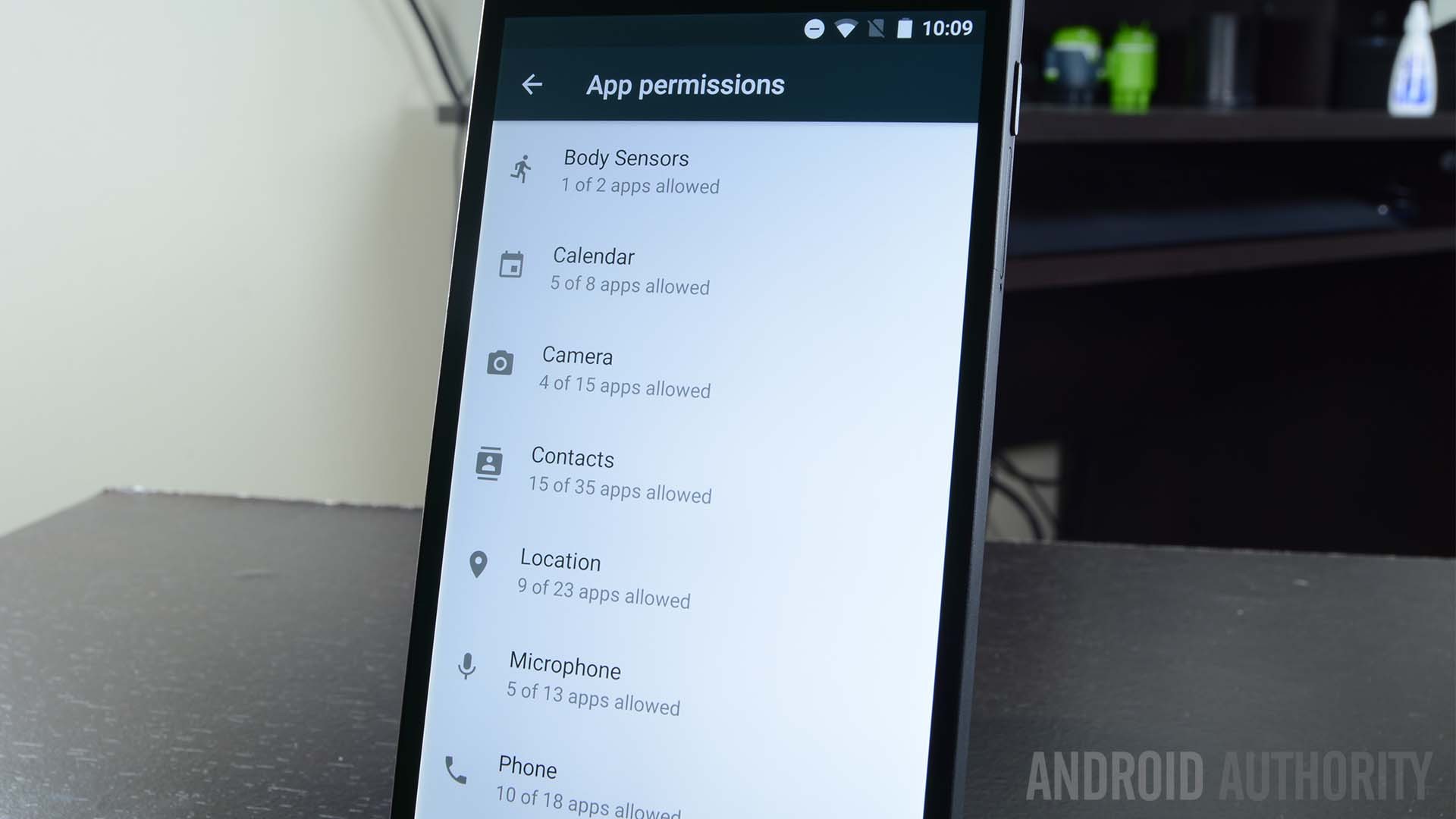
Until Android 6.0 Marshmallow, it wasn’t possible to control what functions of your Android device an app could tap into. Although this functionality was added to Marshmallow, there are still a lot of people who are waiting to get their update. However, Cyanogen OS is notable for having already provided granular app permissions on devices running Lollipop and older versions of Android. In other words, with Cyanogen OS you could choose which permissions to grant an app and which you wanted to deny. This offers enhanced privacy and security in a number of ways. For instance, you can keep unfamiliar apps from tapping into your device’s cameras and prevent apps from recording location data via your device’s GPS.

Another security feature many Cyanogen OS users appreciate is the ability to put any apps that contain sensitive information into lockable folders. For an additional layer of security, you could put apps for photo and file browsing, social media, messaging, cloud storage, and any others into a folder that you can keep protected with a PIN, password, or fingerprint.
Bonus security such as those we’ve mentioned would add additional life to your Android smartphone on their own. However, Cyanogen OS can extend the life of your device in another important way.
Cyanogen OS can extend the life of your device in another important way
With the exception of Google’s Nexus line and Android One devices, most devices running stock or near-stock, skinned versions of Android have predetermined lifespans of two years. This means these devices will — or should — receive new versions of Android released over the 24 months following each device’s launch. Since Nexus and Android One devices receive updates directly from Google, this rule typically doesn’t apply to those devices. But handsets from the likes of Samsung, HTC, HUAWEI, LG, and a number of others are updated by their respective manufacturers. Naturally, these companies want you to buy their new devices, so they support them with updated for a limited amount of time.
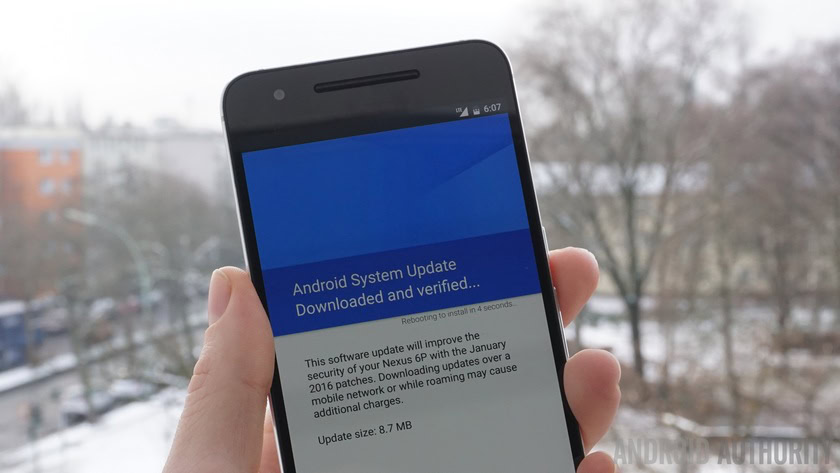
Fortunately, you can circumvent this problem if you have a device running Cyanogen OS. Essentially, third-party software like Cyanogen OS extend the life of a device because support extends far beyond the initial 24-month period offered by most OEMs. Although Cyanogen OS has not quite be around long enough to have amassed much history of device support, the expectation is that devices running Cyanogen OS will continue to receive updates indefinitely, barring incompatible hardware that would prohibit additional updates.
Closing Thoughts
All of the features that Cyanogen OS brings to Android might make it sound like an entirely separate operating system from vanilla Android. However, it’s important to remember that Cyanogen OS is not a separate mobile software. Instead, it’s a version of Android that brings additional customization options, some performance enhancements, security improvements, and a longer lifespan to your mobile device. A device running Cyanogen OS is still an Android device, but with some additional features built on top of the open-source Android operating system.
What do you think of Cyanogen OS? Have you used it before? Does Cyanogen OS bring important features to the Android experience or are they unnecessary? We’d love to hear your thoughts in the comments below.